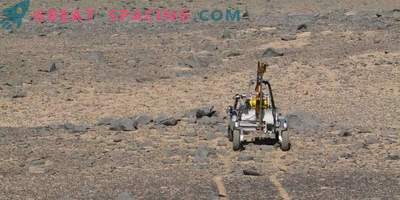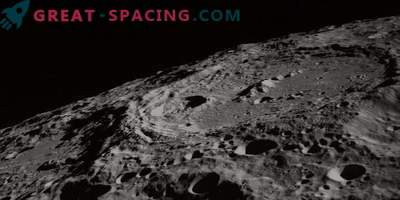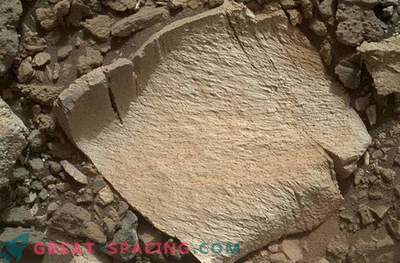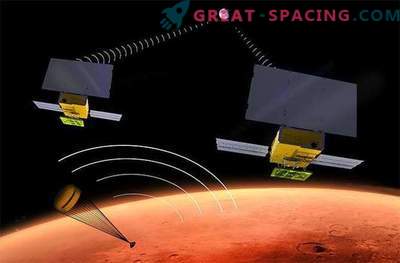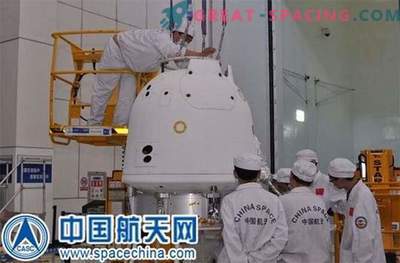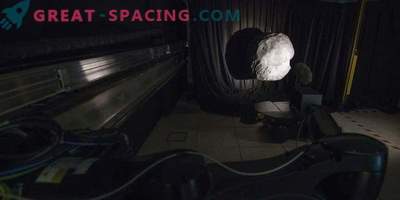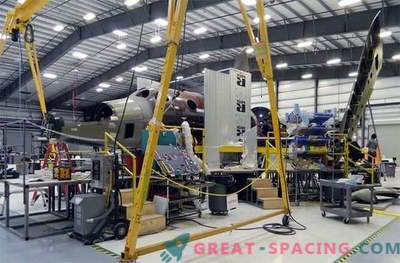
Rover RAT on the background of the night landscape
A pair of vehicles of the European Space Agency slid across the surface of Tenerife, resembling lunar territory, collecting terabytes of data for analysis.
Two teams took part in the tests. These are the ESA Planetary Robotic Laboratory with an HDPR apparatus and engineers from GMV (Spain) with the RAT rover.
Up to this point, all the equipment was tested in daylight. But the intended mission will focus on the polar regions of the moon, where lighting conditions become more complex. Because of its high latitude, the Sun will be low on the horizon, creating long shadows, and deep craters will not see a single ray (they can hide water ice and other frozen volatile substances).
Of course, the operation of multi-millionth technology, controlled by the console in pitch darkness, causes serious nervousness in the team. Therefore, they are trying to find the best ways to navigate.
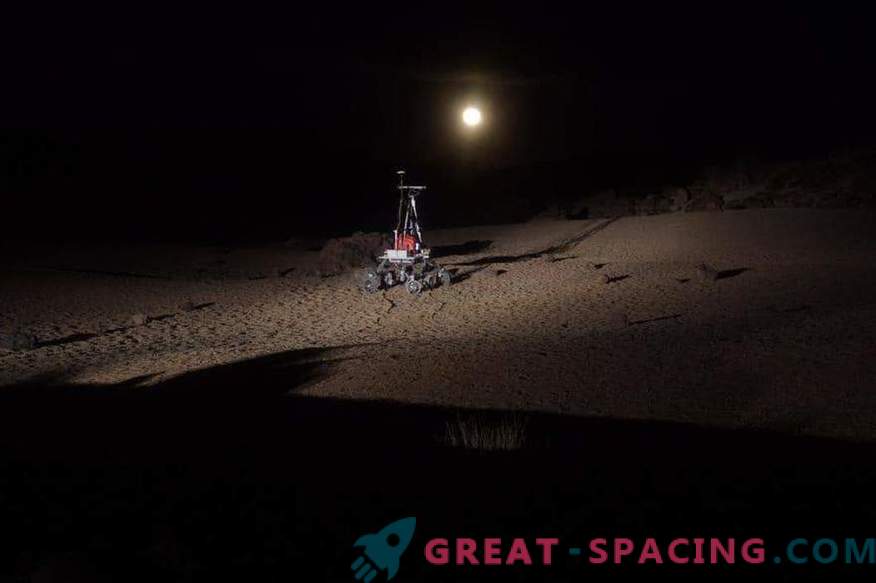
HDPR Rover and Luna
RAT operators changed various sensor parameters. And on HDPR, they used all the devices for data collection. Sensors include stereo cameras with night lamps, long-range cameras, lidar sensors, and inertial measuring instruments.
Testing was carried out in the Teide National Park. Around it is a lot of rocky terrain, but this territory allows for maneuvers and perfectly resembles lunar conditions. The vehicles overcame more than 13 km.
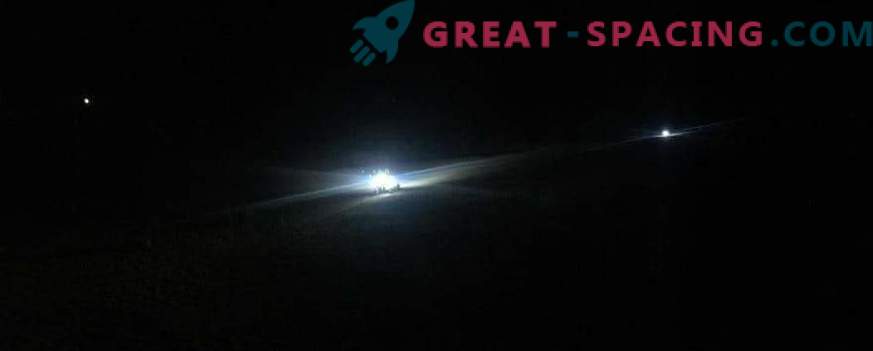
Two ESA rovers during a test in Tenerife in June 2017. Both have lighting installations of 200 W
Testing began in the afternoon to prove that the rovers are able to cope in the usual conditions and navigate with the help of GPS and an unmanned aerial vehicle. The second part came on a night trip.
Scientists not only collected data, but also tested navigation algorithms. On the last day, HDPR enabled autonomous navigation, thanks to which the rover demonstrated that it was able to control itself independently.
The moon is located close, so there is no problem with the guidance on the distance, although there is a slight delay. In the case of Mars, this causes difficulties, so the Martian vehicles are functioning according to the commands previously laid down.
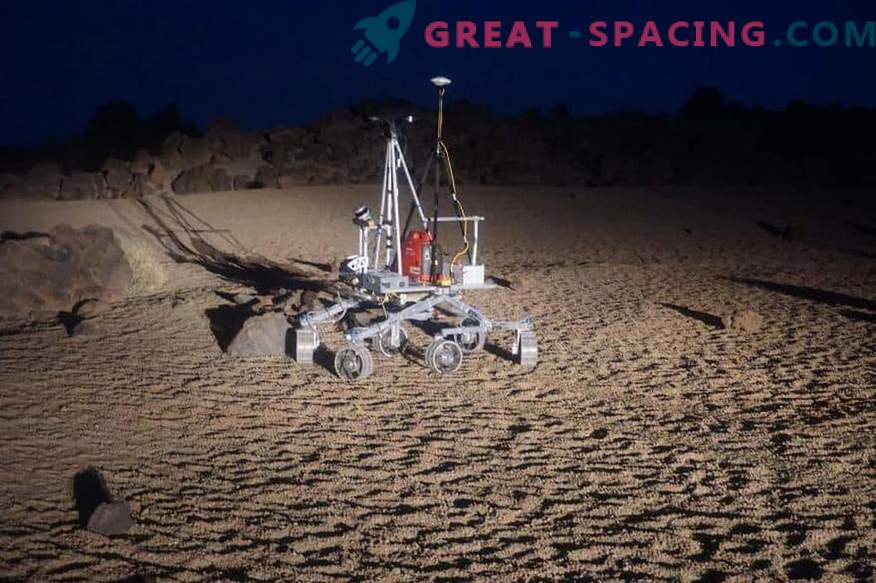
ESA Planetary Rover Moving at High Speed
But this is a slow process, so there is a need for self-navigation for future missions at large distances. The problem is that familiar roads are not built in unfamiliar terrain, so the route is developed based on orbital observations and images. Scientists plan in September to conduct another test in Las Minas de San José.





